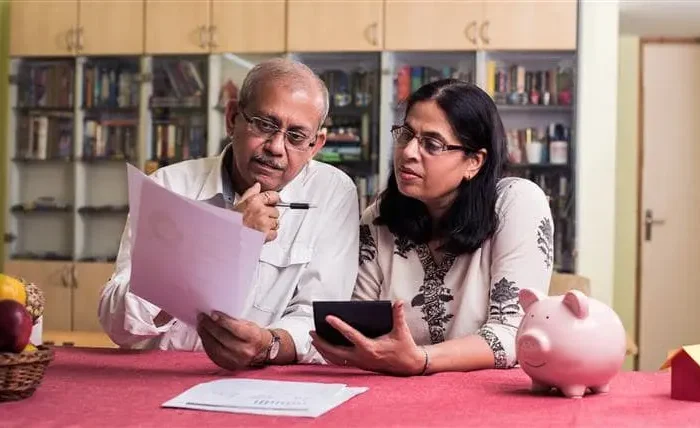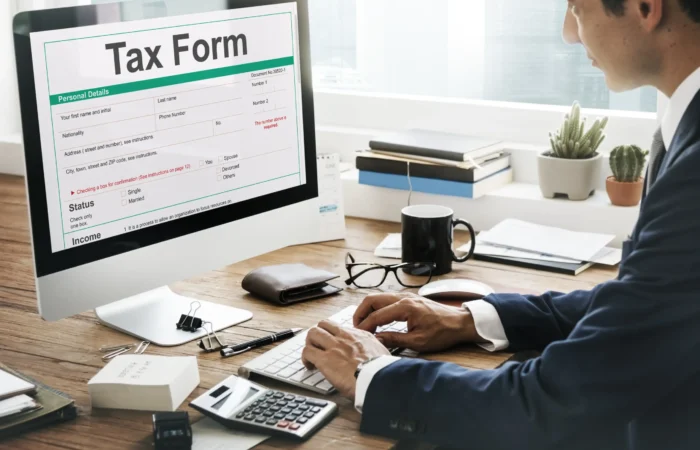
How to Respond to an Income Tax Scrutiny Notice: Complete Guide
Receiving an income tax scrutiny notice can be stressful; however, this does not mean you have provided inaccurate information. Approximately more than 1.65 lakh returns are selected by the Income Tax Department every year for in-depth verification to ensure accuracy and correctness. If you have a notice for scrutiny under Section 143(2), this complete guide will assist you in comprehending the process and responding appropriately.
What is an Income Tax Scrutiny Notice?
An income tax scrutiny notice under Section 143(2) is a notice issued by the Income Tax Department to inform taxpayers that the return submitted has been selected for a detailed examination. Just because you have received this notice does not mean you are doing something wrong; it just means they will be verifying that the income you declared, as well as the deductions and exemptions, are all accurate.
The scrutiny process is part of the department’s risk-based compliance approach using AI-powered analytics; it is not random.
Why Was Your Return Selected?
Understanding the reasons behind scrutiny selection can help you prepare better.
Common Causes for Income Tax Inquiry:
- Income not matching with Form 26AS or annual information statement (AIS)
- High-value transactions that are disproportionate to appropriate level of declared income
- Unusual deduction claims or exemptions that seems to be beyond normal limits
- High cash deposits or transactions that exceed cash limit thresholds
- Business income variations or unusual profit margines
- Foreign income and asset reporting
Read here to learn more about some of the common causes for income tax scrutiny.
Learn more about common reasons for income tax assessment
Timelines and Validity of Scrutiny Notices
- Notices under section 143(2) are to be issued within 3 months of the end of the financial year in which you file the return.
- For FY 2024-25 (returns were due by July 31, 2025), 143(2) notices can be issued until June 30, 2026.
- As a rule of thumb, when you receive a notice, a taxpayer will typically have anywhere from 15 to 30 days to respond.
Response Process in Steps.
Step 1: Do Not Panic – Review the Notice.
- Read the notice under income tax scrutiny carefully to understand the questions.
- To ascertain that the notice is genuine, use the DIN or Document Identification Number, where you can check it on the e-filing portal.
- Please note key details like your PAN, the assessment year, the timeline given for submission, and the details of the Assessing Officer.
- Retain the envelope in which the original notice was sent for your records.
Step 2: Download the Notice.
- Sign in to the e-filing portal for the Income Tax Department
- Select Pending Actions > E-Proceedings.
- Select the assessment year of the notice and download your notice.
Step 3: Understand the Scope of Scrutiny
| Scrutiny Type | Description | Scope |
|---|---|---|
| Limited Scrutiny (CASS) | Reviewing certain issues assisted by a computer | Limited to certain issues identified by you (CASS) |
| Complete Scrutiny | General review and assessment | All of the return and supporting documents |
| Manual Scrutiny | Inspection/examination of returns occurred at the initiative of an officer | Every aspect of the return |
Step 4: Phase 4: Collect Necessary Documentation
For Employed Individuals:
- Form 16 and form 16A for any prior employers.
- Salary slips for the previous financial year.
- Account statements showing salary and interest income.
- Documentation for eligible deductions under Sections 80C and 80D.
- Documentation for rent payments or proof of HRA.
- Travel receipts for claims under the Leave Travel Allowance (LTA).
For Business/Professional Income:
- Books of account and final accounts, that is trial balance.
- Invoices, receipts, and supporting bank statements.
- Any TDS certificates.
- Your GST returns and any reconciliations.
- Audited if applicable.
Common Documentation:
- Form 26AS and AIS.
- Any previous returns along with previous assessment orders.
- Property documentation for capital gains
- Loan and investment documentation.
Smart Tip: Use our detailed Income Tax Document Checklist to ensure your documents are complete.
Step 5: Give a detailed response in clear and concise format
- Title & Reference – Response to Scrutiny Notice under Section 143(2), with notice date, AY, and PAN clearly stated.
- List Queries – Number each query as posed in the notice.
- Address Each Query – Provide precise explanations supported by facts and documents.
- Mention Supporting Evidence – Enumerate annexures for clarity (e.g., Annexure A – Bank statement dated XX).
- Optional Additional Information – Include voluntary disclosures or clarifications.
- Annexure Index to organize submitted documents.
Stage 6: Submit Reply through E-Proceedings
- Proceed to the designated online portal to upload your reply and documents.
- Confirm authentication of submissions via either DSC or EVC.
- Ensure that you save your submission receipts for your records.
Stage 7: Items to Do and Follow-up
- Keep checking the status of your case online.
- Respond to any further inquiries in a timely manner.
- If requested by status emails or otherwise, attend in-person hearings (for the most part faceless proceedings).
What Happens After You Respond?
The Assessing Officer examines what you submitted, could ask for more information, arrange a hearing, and will then make a final assessment according to the provisions of Section 143(3). Don’t you agree? You can appeal within 30 days.
Potential Outcomes of Not Replying to a Scrutiny Notice
- Fines under Sections like 272A (₹10,000 for each non-response).
- Assessment of best judgment leading to tax demands.
- Possible prosecution in Section 276D.
- Enforcement and recovery action.
When You Can Handle It Yourself and When You Should Get Help
Can handle yourself:
- Simple salary-based returns.
- Simple clarifications on documents.
- Minor math errors.
Looking for professional help for:
- Complex business or professional incomes.
- Foreign income.
- Multiple sources of income.
- Prior unfavorable notices or disputes in process.
Recent Updates
The recently passed Income Tax Act (2025) will bring more digitalization features, increased data analytics, and additional faceless procedures to help to make scrutiny easier.
Need Help from a Professional?
Got a tax scrutiny notice? Call Shah Doshi’s professional team to help you deal with an analysis of your notice through appeal.



